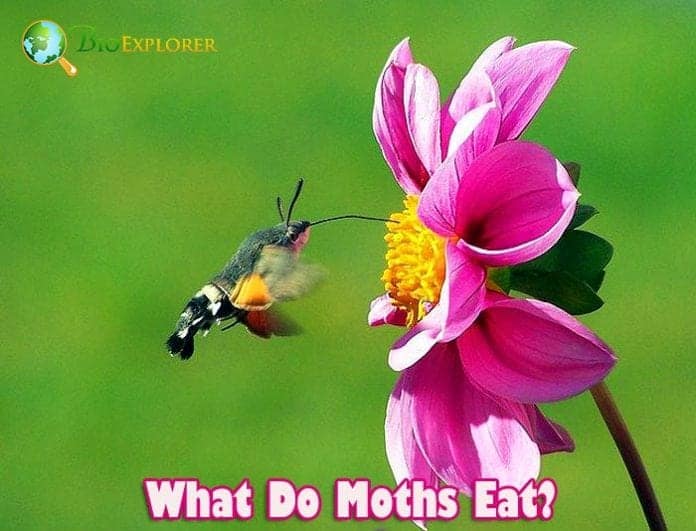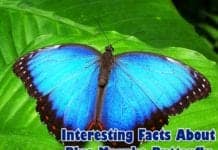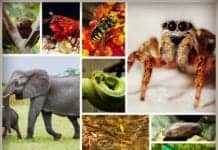| Kingdom | Order | Family | Genus | Species | | Animalia | Lepidoptera | Crambidae | Chalcoela | Chalcoela pegasalis |
Like their sooty-winged counterpart, in the caterpillar stage, the pegasus chalcoela, also a North American species, is widely known to consume the larvae of paper wasps.
It is also common for pegasus chalcoela caterpillars to pupate within the nests of these wasps. This species’ caterpillars also sometimes make webbing within the wasp nests and reside in them during the winter.
| Kingdom | Order | Family | Genus | Species | | Animalia | Lepidoptera | Erebidae | Calyptra | Calyptra bicolor |
Calyptra bicolor is an Asian moth most commonly found in China and Japan; like many other species in the Calyptra genus, it is known as a vampire moth. It can use its barbed proboscis (a long feeding tube attached to its head) to suck the blood of humans and large animals.
| Kingdom | Order | Family | Genus | Species | | Animalia | Lepidoptera | Erebidae | Calyptra | Calyptra eustrigata |
Calyptra bicolor is an Asian moth species most commonly found in Sri Lanka and Malaysia. This species is also a vampire moth that feeds on blood from humans and other large mammals. Calyptra fasciata is another vampire moth from India with the same dietary pattern.
| Kingdom | Order | Family | Genus | Species | | Animalia | Lepidoptera | Erebidae | Calyptra | Calyptra minuticornis |
Calyptra minuticornis is a moth species in Asia and Australia. As a vampire moth, the species latch onto buffalo and other relatively large mammals to suck out their blood in natural habitats.
| Kingdom | Order | Family | Genus | Species | | Animalia | Lepidoptera | Erebidae | Calyptra | Calyptra ophideroides |
Calyptra fasciata is a moth species in the East Indies. It is commonly known as a vampire moth, meaning it can use its barbed proboscis to suck the blood of humans and animals.
| Kingdom | Order | Family | Genus | Species | | Animalia | Lepidoptera | Erebidae | Calyptra | Calyptra parva |
Calyptra parva is a moth species found in India. These vampire moths use their barbed proboscis to suck the blood of humans and animals. Calyptra pseudobicolor, under the same genus, is another moth species with the same dietary pattern as Calyptra parva.
| Kingdom | Order | Family | Genus | Species | | Animalia | Lepidoptera | Erebidae | Calyptra | Calyptra thalictri |
Calyptra thalictriis is a moth species found all over Asia and certain parts of Europe. The species latch onto relatively large mammals to feed on their blood in natural habitats as vampire moths. But this species is generally thought not to attack humans very often.























